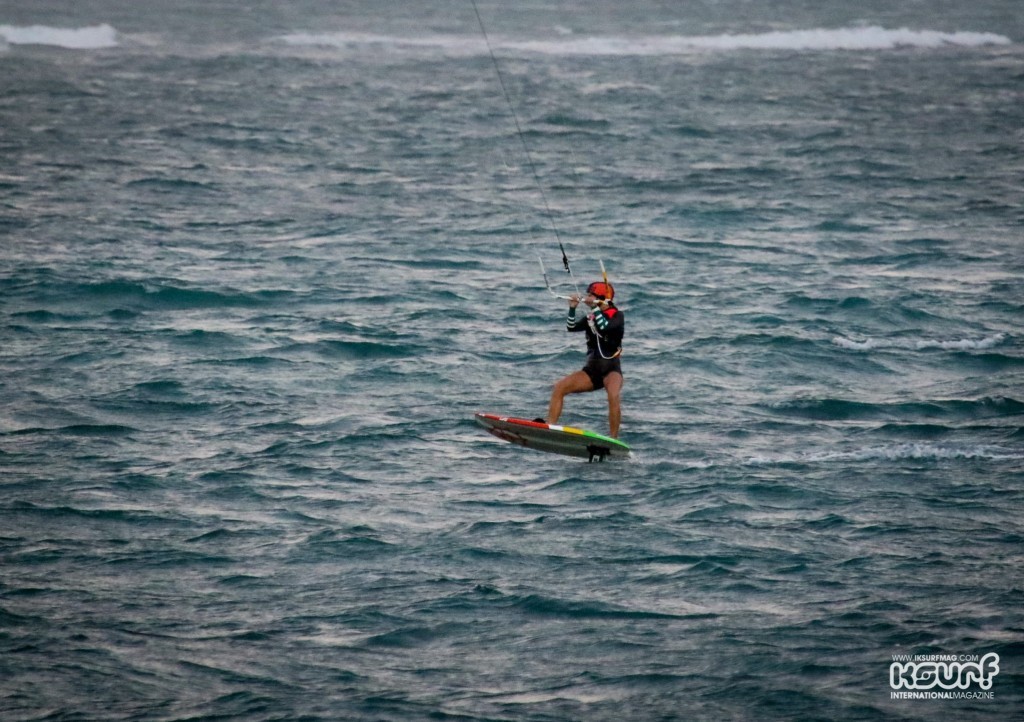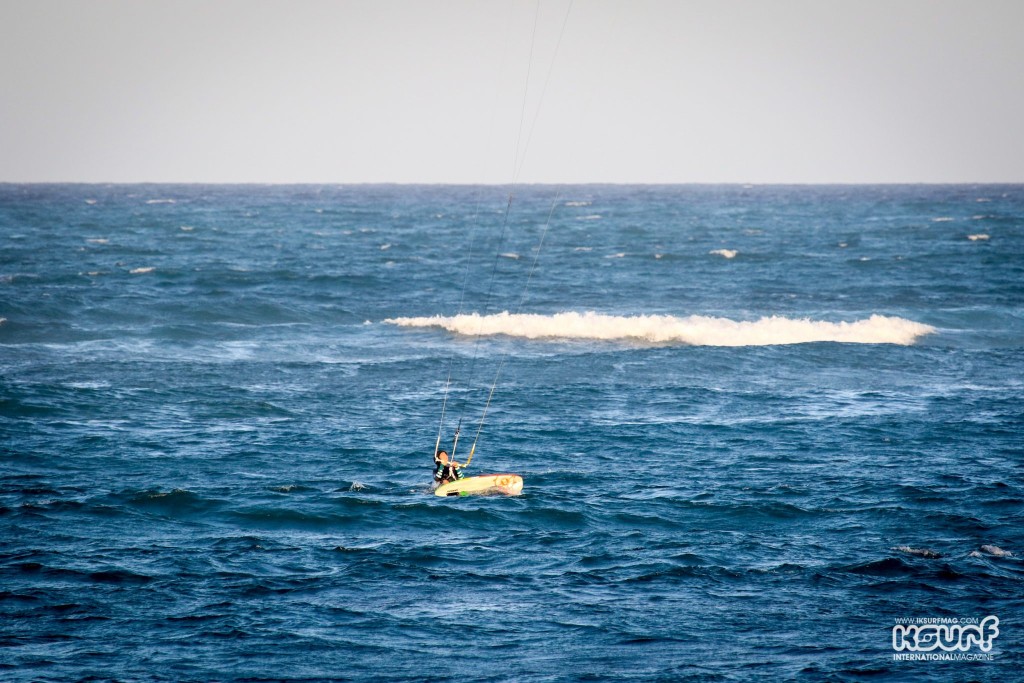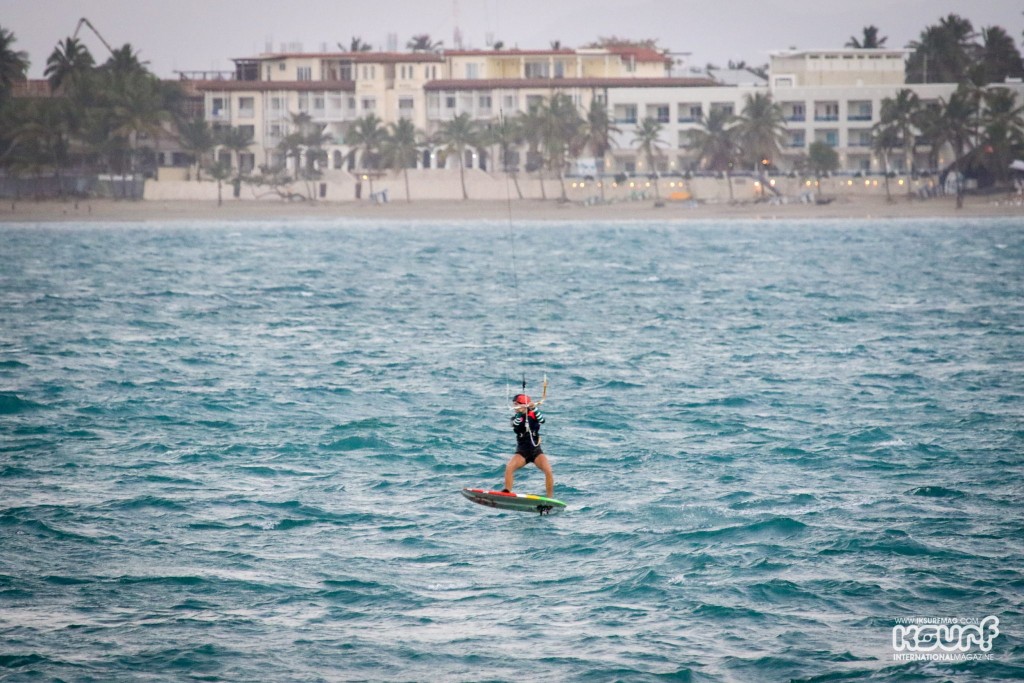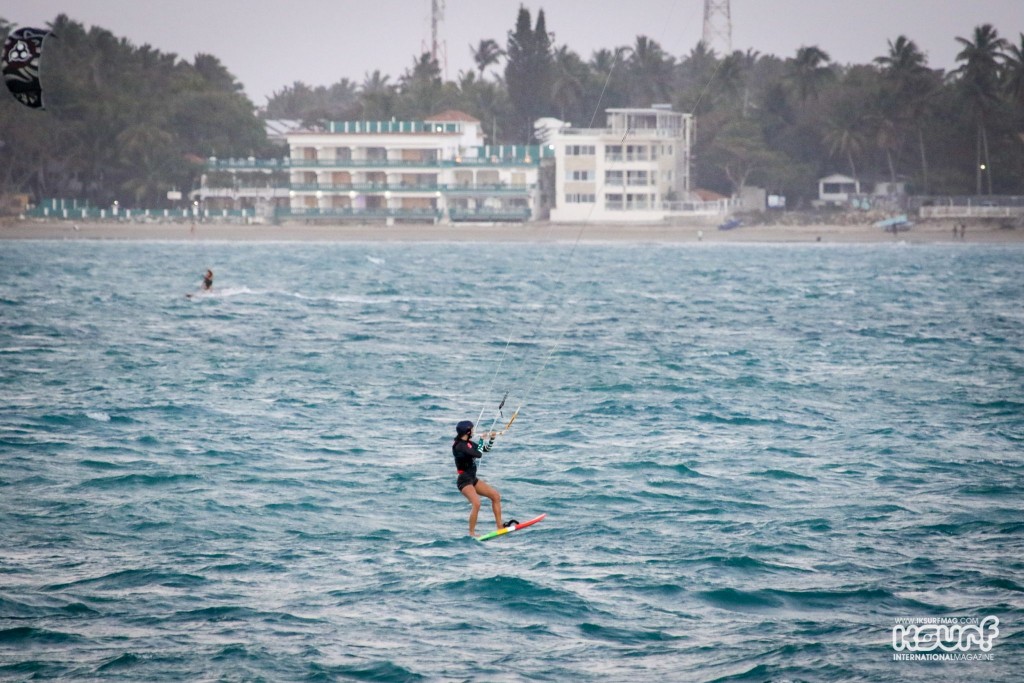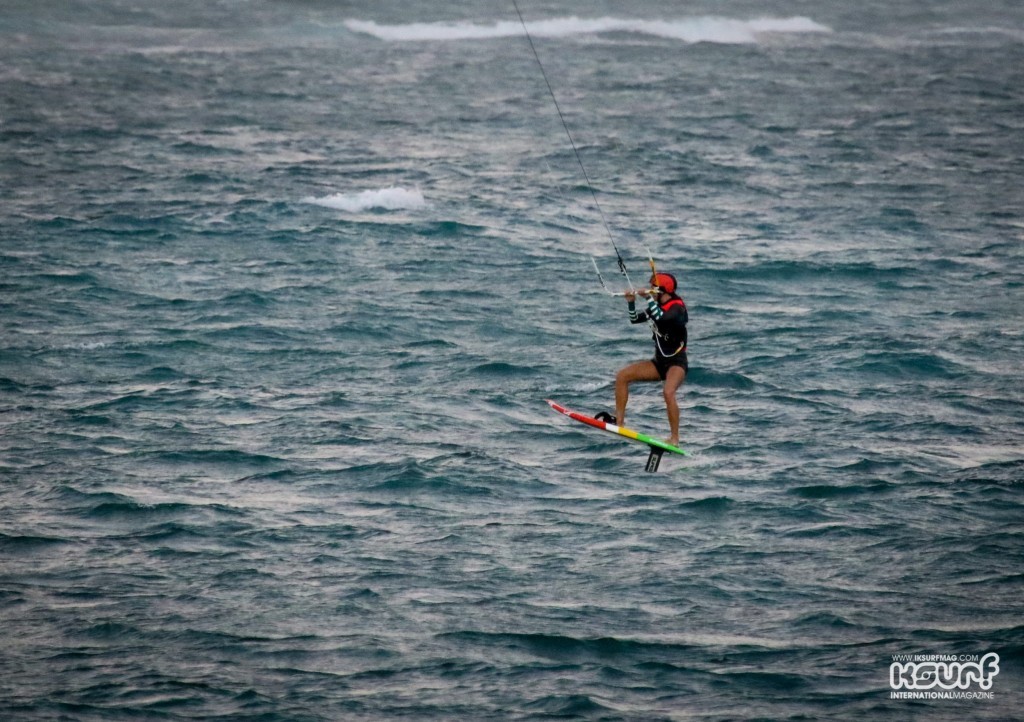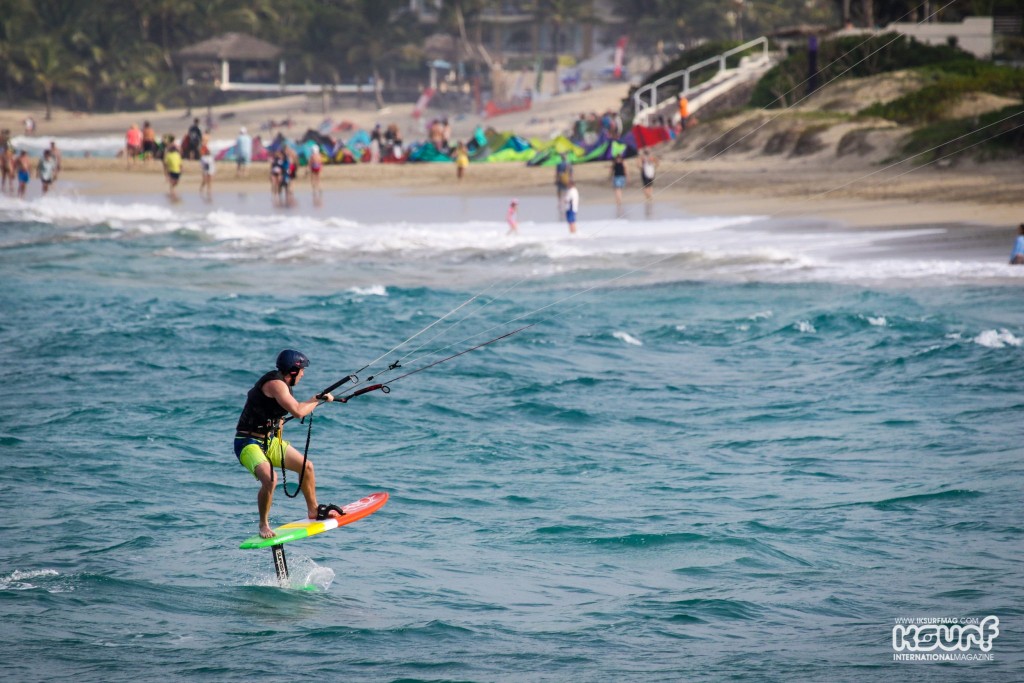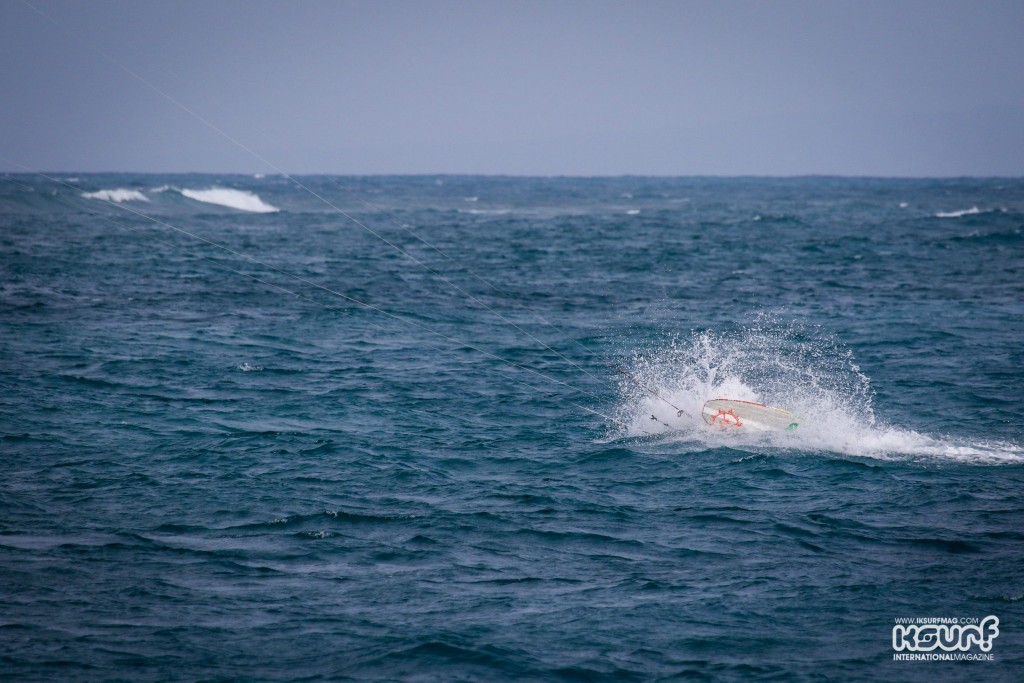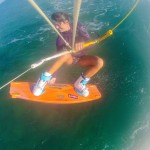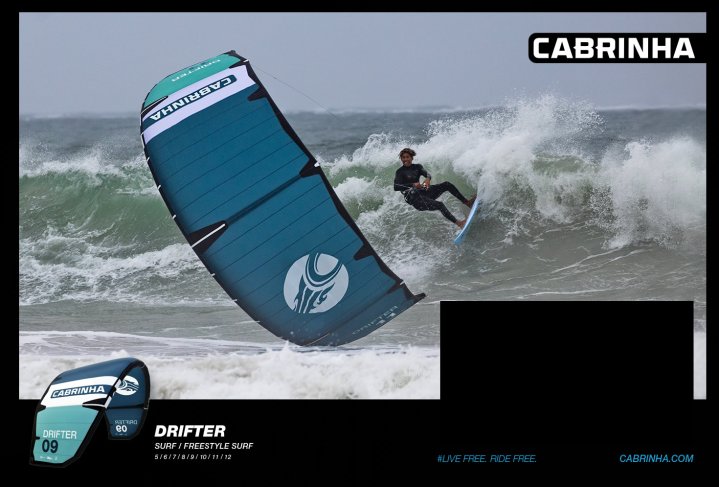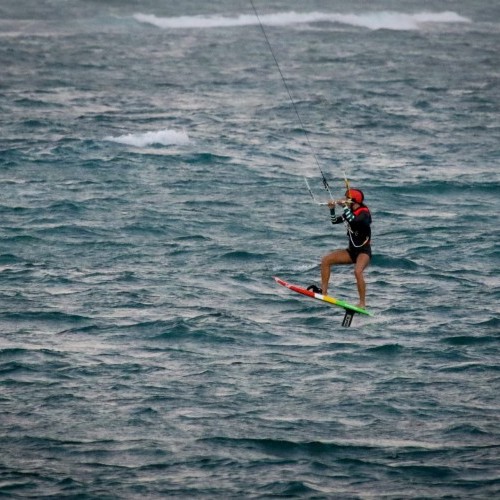
How To Hydrofoil – Diary #2
Features / Fri 21st Apr, 2017 @ 2:16 pm
After realising that it’s not so terrifying after all, I’m actually quite keen to venture back out with the foil again. A couple of quick sunset sessions after work when the wind has dropped slightly, and the bay is fairly empty have enabled me to continue building confidence and control.
Feeling comfortable that I can successfully board start, manoeuvre the board around in the water, ride upwind and wobble downwind, and generally not be too much of a liability, it’s now time to work on actually foiling.
Control is a big factor here and hence learning to ride the board competently on the water to begin with. Simply put, the faster you go the more you will get up on the foil. Sheeting in and out is how to control your speed, and subsequently the foil height – you can begin to think of it kind of like an accelerator.
If you’ve watched anyone learning to hydrofoil, who’s taken the hell-for-leather approach, then you will be familiar with them resembling a nodding donkey at an oil well – something I am keen to avoid. While I accept that learning a new discipline is far from graceful, and crashing is an expected part of the process, it doesn’t seem hugely beneficial to spend hours bouncing across the water in the name of progression.
I’m trying to take a far more patient approach should (hopefully) build better skills in the long run. While there will be those who want to race through the mast sizes in a matter of hours, there’s certainly something to be said for spending time with the smaller Taxi 15-inch mast (as it’s named if you’re using the Slingshot set-up) and really getting to grips with foiling.
There’s one point to mention at this stage, which you don’t fully realise until you’re out learning to hydrofoil in a busy area. Your angle of attack, so to speak, is vastly different from every other kiteboarder on the water (unless of course, they are riding a foilboard too). No huge issue so long as you can competently control your direction, and do so smoothly and swiftly. Otherwise, not only are you a beginner with all the traits that come with that moniker, but you’re also going against the flow and causing havoc like a lightsaber through a swarm of bees.
I was fortunate enough to have my recent few sessions in the early evening when most people had packed up and gone home for dinner, leaving me with a lovely wide open space to practice (and crash) in. I appreciate not everyone has that luxury, but it’s something to bear in mind, and perhaps opt for quieter times of day if you usually ride at a busy spot. The bonus with foilboarding, of course, is that you’re not waiting for the right tide to give perfect waves or freestyle conditions, so it opens up far more time frames for getting out there when others may be less keen.
On that note, I’m also going to touch on the brief subject of light winds, and that borderline ‘is it, isn’t it windy enough’ question when it comes to getting on the water. One of the most attractive things about hydrofoiling is that it enables people to go kiting in winds that would otherwise have been considered far too light.
In recent years, when there’s not even the glimmer of a white cap out to sea it’s not unheard of to see someone out riding a foilboard with nothing bigger than a 12m kite, and often smaller. Suddenly, those days of aimlessly waiting for the wind to pick up enough to get out on a twintip, or for the tide, wind and swell to come into alignment for some wave glory-carving can become a thing of the past!
All well and good when things are going smoothly, and of course the wind can die, mishaps can occur, and things just don’t go to plan for even the most professional of kitesurfers. However, it goes without saying that when you’re learning, the chances of crashing, dropping your kite or getting into difficulties are certainly increased.
Whilst the temptation to rush out for some practice when there’s the flicker of a breeze coming through will be high, it’s worth remembering that trying to relaunch your kite in next to no wind can be a pain in the proverbial – and I’m sure we’ve all heard stories through the grapevine of those who’ve had to be rescued (even Mr Sam Light himself came close…and you can have some entertainment with his video of the occasion…!)
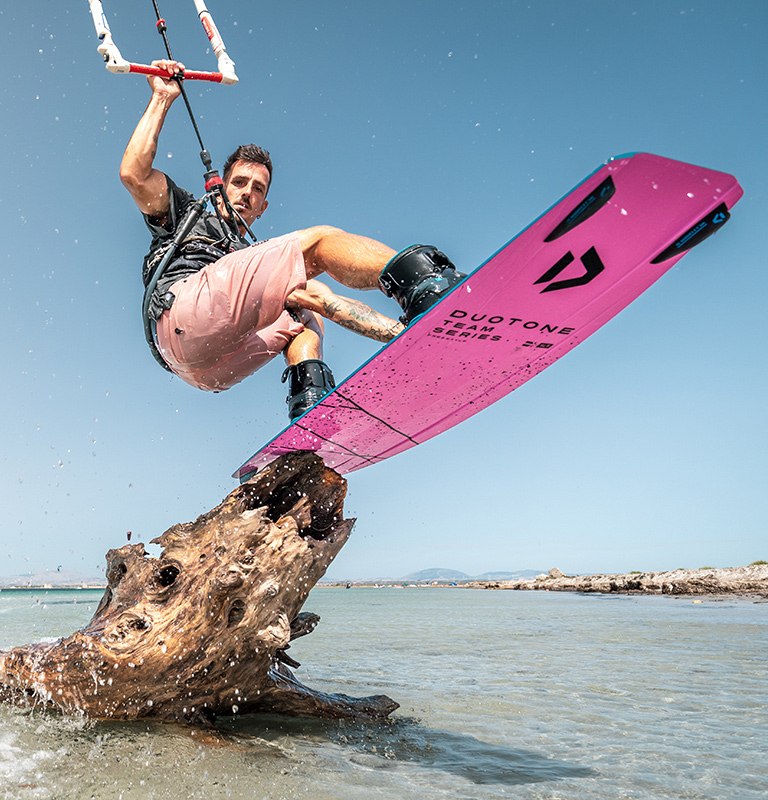
Win a €100 Voucher for Duotone Apparel this issue in our FREE subscriber prize draw.
Take that extra moment to assess the conditions. If you’re going alone (even if it’s at a busy beach) let friends or family know where and at what time you’re going kiting. Check your safety releases are all in good condition, and it’s a sensible idea to get some practice in relaunching your kite, so you’re familiar with it. Common sense whenever you go for a kite session really, but with the distances you can cover in a short space of time on a hydrofoil they’re even more paramount.
After my initial apprehension and nervous encounter with the foilboard, I’ve gradually come to understand and respect it. The skills gained in these first few sessions will be used every time you venture out – front foot pressure, speed and kite control, body position (you will move on from the tense bum out ‘poo stance’ shortly I promise!), and general board handling.
The feeling of foilboarding is like none other and is quite hard to explain. We’ve all heard the claims of it being similar to ‘floating’, ‘a magic carpet ride’, and the classic ‘it’s like endless powder on a snowboard’. Now, perhaps I just haven’t reached that level yet, but none of these immediately sprang to mind when I really began to hydrofoil.
Yes, it does get a little bit quieter, although when riding with the short Taxi mast in fairly large chop you don’t experience this continual silence quite as much, but you get the idea. I suppose it’s kind of a little like floating, though not on fluffy clouds as I had perhaps imagined it.
Ultimately, the amount of concentration you are forced to use in these initial foiling sessions overpowers the dreamy, romantic wordsmith nature of it. For me, it was the sheer sense of achievement and that surge of satisfaction and enormous grin that appears when you realise you’ve learnt something new and can actually do it!
In most other sports there’s the motto ‘speed is your friend’ and that certainly applies with foilboarding too – at least to some extent. Don’t think that powering off at Mach ten is going to make life easier, that would be silly, yet a degree of speed, combined with good control, will have you making consistent runs on the foil.
As with anything, the more you try, the more familiar you will become and the more comfortable you will be in different winds, water conditions and riding speeds. The whole riding downwind aspect is still the hardest thing and takes some restraint to keep practising. The temptation to carry on cruising upwind into the sunset like Thelma and Louise is high, yet what goes up must come down, and you don’t really want to have an ending like the movie…
It’s not unusual to see people who are in the early learning stages doing a ‘walk of shame’ back downwind, hunched over, bearing the weight of the foilboard slung over their shoulder like a cross. Set goals for yourself or marker points that you’re going to try and reach that will have you going up, down and across the wind. Going upwind is relatively easy, but you need to dedicate the time to learning to ride across and downwind so you can become truly competent.
At this stage I’m still dipping into the water and manually turning the board around to change direction. Learning to gybe is next on the cards, along with moving up to a longer mast, and I’m looking forward to the challenge.
I no longer feel that the board is in charge. I respect it, and all it’s sharp edges, of course, but it’s me that’s now wearing the crown (or in this case the helmet…)
If you missed the first instalment of my learning to foilboard diary, you can find it here: How to Hydrofoil – Diary #1
Interested in learning? Then check out the Foil Academy Kite Foil Course and enrol for free to get tips, hints and helpful advice.
Fri 21st Apr, 2017 @ 2:16 pm
By Mary Booth
Mary has been kitesurfing since 2006, she became and instructor in 2007 and travelled the world teaching the sport that she loves! She joined the IKSURFMAG team in 2008 and has been testing ladies kitesurfing equipment and writing articles from a woman's perspective ever since!


